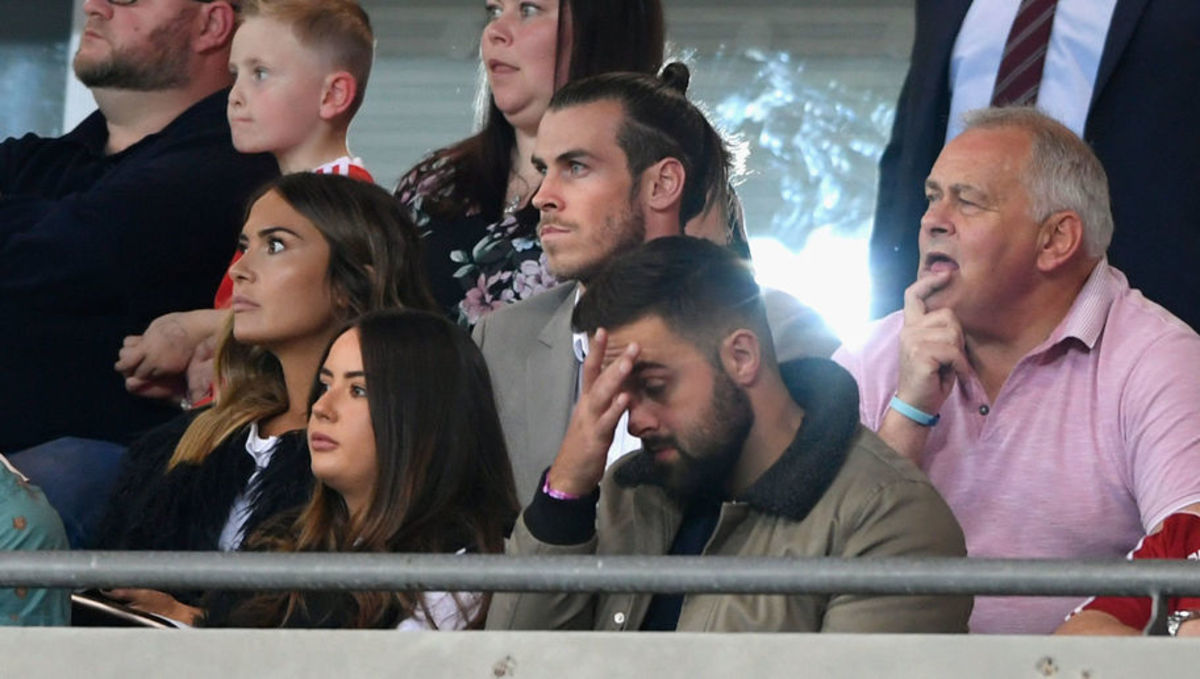Injury Analysis: Everything You Need to Know About Gareth Bale’s Calf Injury in 1 Minute
Gareth Bale could only sit and watch from the stands as Wales’ World Cup hopes came crashing down with defeat to Ireland in Cardiff on Monday night.
The Real Madrid superstar was greatly missed by his national team as the Euro 2016 semi-finalists missed out on a playoff place for next summer's tournament in Russia.
The exact diagnosis of the problem that ruled Bale out of the all-important qualifier is, of course, confidential but reports suggested a Soleus muscle injury. Here's everything you need to know about the injury in one minute....
What is the Soleus?
The large bulk in your calf consists of a superficial Gastrocnemius and a deeper Soleus muscle, along with a smaller Plantaris.
The Gastrocnemius consists of fast twitch fibres which give explosive power (e.g. jumping) – the Soleuson the other handconsists of slow twitch fibres which are geared towards endurance (e.g. marathons).
What does it feel like?
While Gastrocnemius tears typically present as acute injuries with sudden pain and swelling, the Soleus injuries are less dramatic and present withtightness, stiffness and aching pain which is amplified during exertion when walking/jogging.
What should I do?
The majority are grade 1 (<10% tear) and grade 2 (<50%) which can be initially managed with Rest, Ice, Compression bandaging and Elevation (RICE), followed by stretching exercises to elongate the muscle scars and better prepare them for subsequent strengthening.
Deep massage and heat pads are generally NOT advised in the acute setting because they might increase haemorrhage risk.
How long do I rest?
The location of the tear plays an important role, 73% of Soleus tears are located at the myotendinous junction.
For these myotendinous junction tears; centrally located ones are the worse and require >40 days to heal while lateral tears only require 20 days.
Recurrent injury happens in 7% within 1 year.
When should I see a Doctor?
Severe symptoms such as an inability to walk/worsening pain warrant an early consultation with your Orthopaedic surgeon.
Surgery might be required for delayed presentations of milder (grade 1-2) injuries which have been complicated with contractures.
Scheduling a check-up is also prudent if there is a mild but unresolved pain for >2 weeks.







